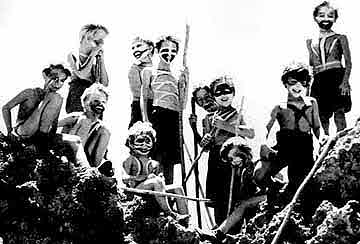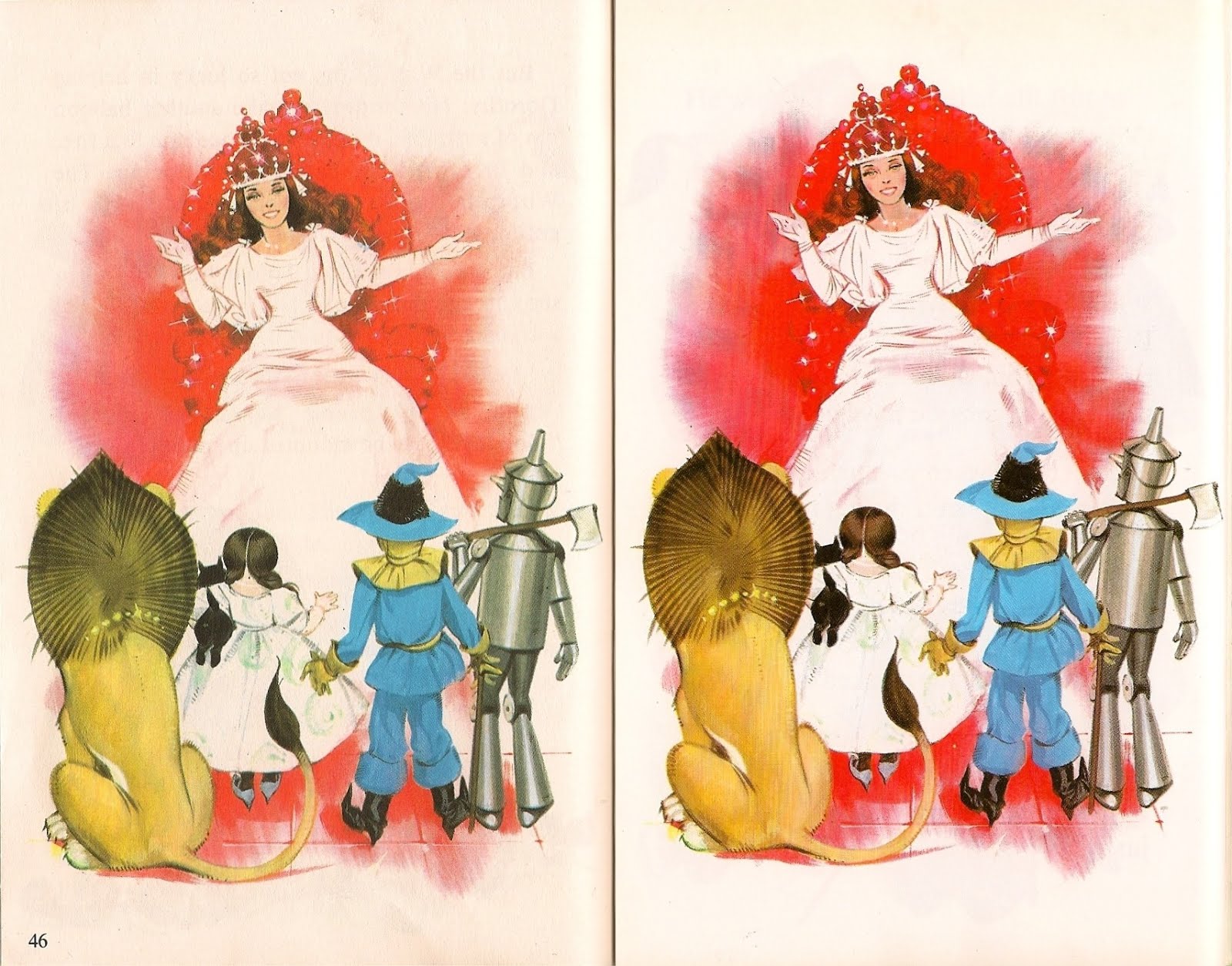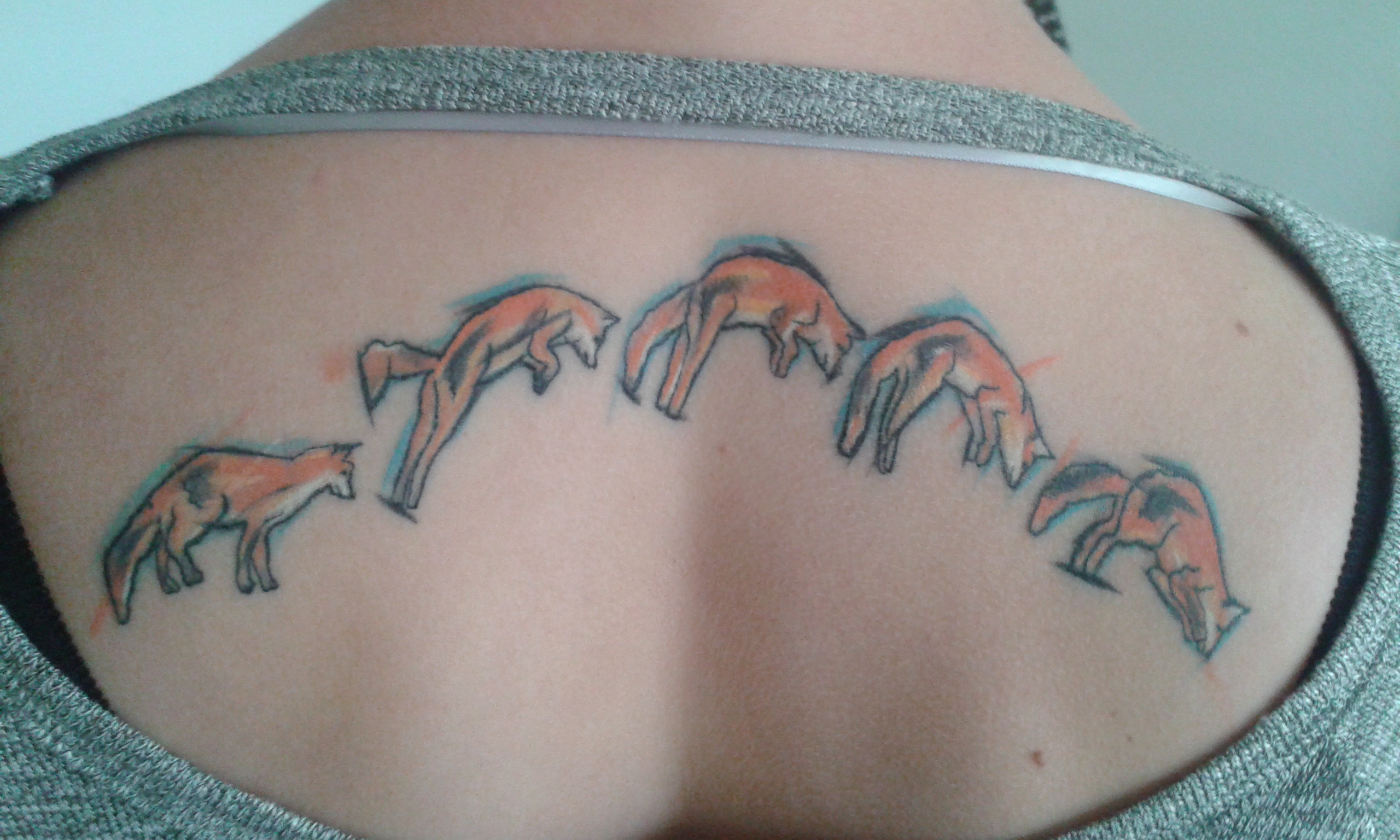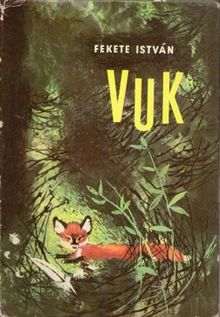‘This is a story of how a Baggins had an adventure, and found himself doing and saying things altogether unexpected’ (Tolkien, 2015, p. 1)

I grew up watching Lord of the Rings at least once a year and grew to love the epic saga thanks to my brother’s obsession, so I was excited to see The Hobbit, its prequel, on the elective books list for our YA Lit course. I was expecting a simple children’s book akin to The Wonderful Wizard of Oz but was pleasantly surprised by the complexity of the story. Even though it follows the episodic formula many books for children do – the party faces danger, they find a solution/fight the evil, on they go until they come across the next danger, rinse and repeat (Appleyard, 1991) – , it was still enjoyable to read as an adult because it is funny with touches of irony and cynicism. Tolkien created a story which depends upon the nature of Faerie, that is ‘enchantment, [which] produces a Secondary World into which both designer and spectator can enter, to the satisfaction of their senses while they are inside’ (Tolkien as cited in Austin, 2002, p. 2). Because of these reasons, The Hobbit is extremely suitable for children, while adolescents and even adults will find themselves lost in Tolkien’s world. Most readers of epic fantasy want just that – to distance themselves from the ordinary.
The Hobbit is the classic tale of a Hero’s Journey; our hero is a fifty years old hobbit Bilbo Baggins who is called to action and discovers a world much bigger and more exciting than his cosy hobbit hole. Even though Bilbo is an adult at the beginning of his journey, his character at times seems childlike because of the sheltered hobbit life he has lived. So, in a way, this tale is a coming-of-age story where Bilbo discovers the world and himself. Over the course of this adventure, Bilbo meets elves, goblins, and trolls while he also exhibits ‘all the virtues of the quest hero: bravery, skill, leadership, and supernatural protection [simple luck]’(1991, p. 19).
‘I have got you out of two messes already, which were hardly in the original bargain, so that I am, I think, already owed some reward. But ‘third time pays for all’ as my father used to say, and somehow I don’t think I shall refuse’ (p. 212).
As Bilbo is ‘forced’ to help the dwarves time and time again, his confidence in himself grows while he stays honourable and generous. Bilbo and his party teach young readers about human traits, emotions, acceptable and unacceptable behaviours. Children read to gather and organize new information about the world (Appleyard, 1991) and even though The Hobbit takes place in a fantasy world with imaginary beings, young readers can learn how the world works because most of the characteristics and behaviours are recognizable. Austin (2002) reflects on the reasons why the imaginary worlds have the power to awe us: ‘[because of] the stories they tell: stories which, if they are to move us, must deal with recognizable human problems and be true to either our experience of life or our sense of how things could or should be’ (p. 7). This familiarity gives us a sense of understanding of what is going on in these epic sagas. And then we come across the strange: the trolls, the elves, the dragon. But even these are familiar to us because of centuries old folklore and myths.

While on this fantastic adventure, Bilbo does not let us forget his wish to be back in his cosy hobbit hole: ‘”Bother burgling and everything to do with it! I wish I was at home in my nice hole by the fire, with the kettle just beginning to sing!” It was not the last time that he wished that!’ (p. 31). This turmoil is created by the Took vs Baggins genes.
‘It was often said (in other families) that long ago one of the Took ancestors must have taken a fairy wife. That was, of course, absurd, but certainly there was still something not entirely hobbitlike about them, and once in a while members of the Took-clan would go and have adventures’ (p. 2).
While from his mother’s side (the Took-clan) he is thirsty for adventure even though he will not admit it, from his father’s side (the Baggins-clan) he just wants to be an ordinary hobbit doing ordinary hobbit things. Adventures are not something a Baggins would usually do; until Bilbo’s calling.
During class discussions, we noticed something that Tolkien does regularly: the narrator appears on occasion to address the reader. For instance, when we are introduced to Gandalf:
‘If you had heard only a quarter of what I have heard about him, and I have only heard very little of all there is to hear, you would be prepared for any sort of remarkable tale’ (p. 3).
We believe Tolkien chose to use these direct comments to make it feel as if the story is told by an oral storyteller; to create an atmosphere similar to when he used to tell these stories to his children.
Another example would be when Bilbo realizes the weakness in his plan to use the barrels to save the dwarves:
‘Most likely you saw it some time ago and have been laughing at him;’ (p. 182).
Also known as authorial intrusion which ‘establishes a one to one relationship between the writer and the reader where the latter is no longer a secondary player or an indirect audience to the progress of the story but is the main subject of the author’s attention’ (Literary Devices, 2018), these comments acknowledge the readers as clever observers. However, the narrator quickly expresses sympathy and affection towards Bilbo as well: ‘but I don’t suppose you would have done half as well yourselves in his place’ (p. 182).
Other times, instead of providing extra information or making a snarky comment, the narrator decides to tease the reader by revealing juicy titbits of adventures to come only to rip it out of our reach. For example, when we are first told about the battle of Five Armies, the narrator quickly switches lanes:‘But as that comes in at the end of this tale we will say no more about it just now’ (p. 113). By doing this, Tolkien creates suspense and desire to continue reading. He does it again a couple chapters later, to create even more excitement for what is coming:
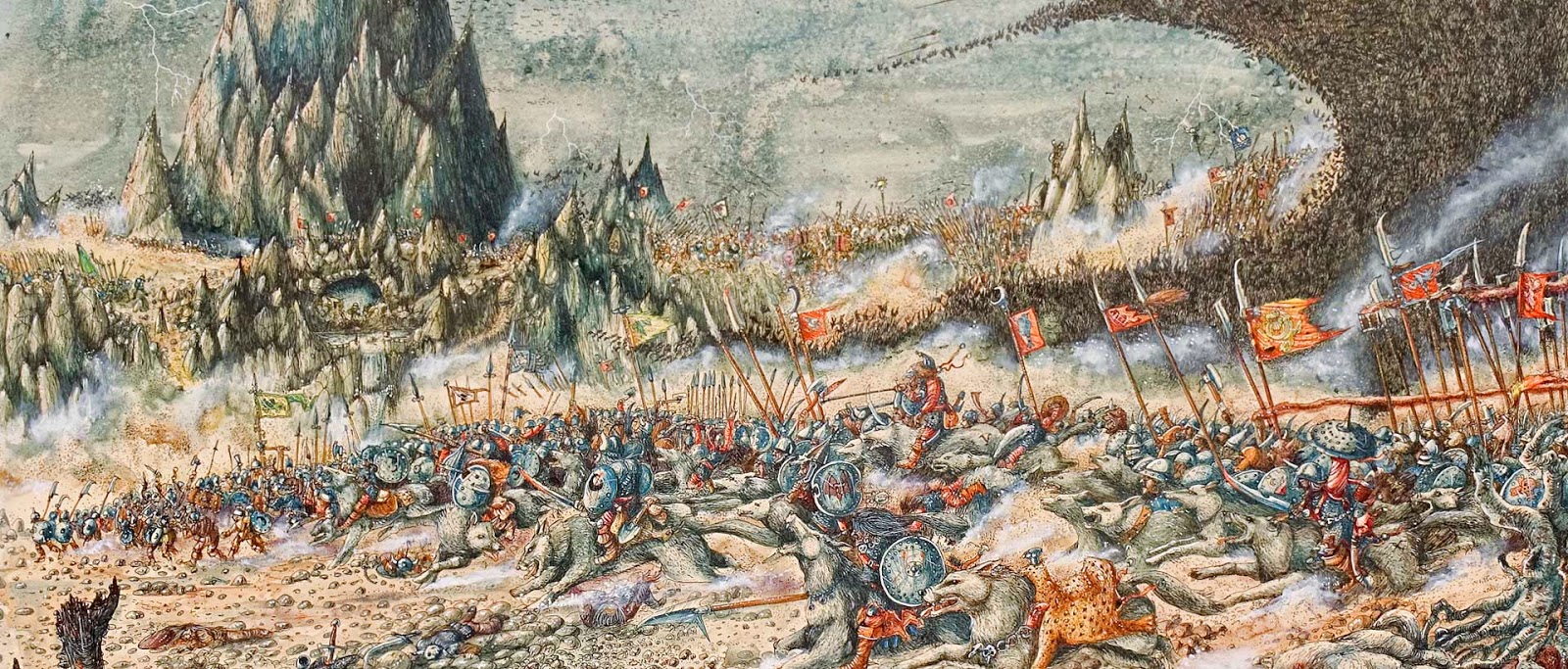
‘now we are drawing near the end of the eastward journey and coming to the last and greatest adventure, so we must hurry up’ (p. 186).
With a sense of urgency, we read, read, and read on until our hero returns to his cosy hobbit hole.
Bibliography
Appleyard, J.A. (1991). Becoming a Reader. Cambridge. Cambridge University Press.
Austin, A. (2002). Quality in Epic Fantasy. Retrieved 17 March 2019 from http://strangehorizons.com/non-fiction/articles/quality-in-epic-fantasy
Literary Devices. (2018, December 19). Authorial Intrusion. Retrieved from https://literary-devices.com/content/authorial-intrusion/
Tolkien, J.R.R. (2015). The Hobbit or There and Back Again [Kindle Edition]. London: HarperCollins. (First published 1937)












